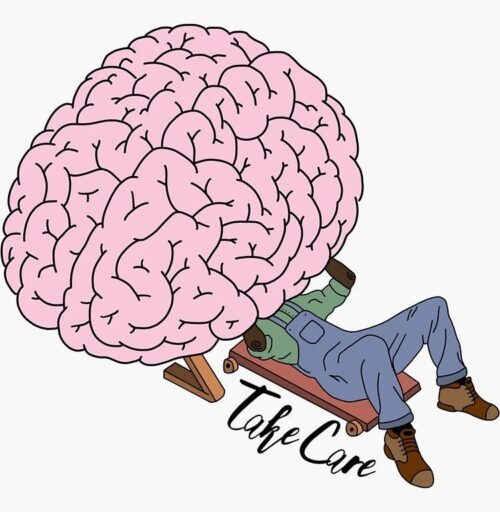
Forget what you know: Mental Wellbeing is at the front and center of the SDGs
Written by Ubusha bami
February, 21, 2023
The 17 Sustainable Development Goals (SDGs) are possibly the most recognised initiatives of the United Nations. The SDGs, also referred to as the Global Goals, were adopted by the United Nations in 2015 as a universal strategy and action plan towards ending poverty, caring for the planet and actively working towards global peace and prosperity.
While it is widely accepted that the SDGs focus on overall universal well-being, Goals #3: Good Health and Wellbeing, focuses specifically on health on individuals across the globe. With the rise in mental illnesses and adjacent difficulties, some lifestyle induced and others environmentally triggered, this Goal is increasingly becoming an important one.
It is worth mentioning that mental illness however is not without implications and relation to the other Goals. Overall well-being requires a systematic and holistic approach. For instance, Goal #4: Quality Education, in the SDGs, is an important aspect of promoting healthy habits such as eating healthy, getting fresh air and living a low stress life – all of which have been linked with good mental health. A quality education also means a higher probability for a profession and long career, which in many instances may decrease stressors such as financial precarity, which compromise mental health.
Goal #12, Sustainable Cities and Communities, also has unexpected relations to good health and wellbeing. With billions of people migrating to cities in search of economic opportunities and other prospects, the demands on urban spaces and resources to cater for the large numbers has placed significant strain on the environment. Perhaps what has been unexpected is also the strain that the space and demands of urban life have placed on individuals. Studies in Urban Sociology show that urban and metropolitan life reconfigures the human experience, with scholars like George Simmel arguing that in the cities, people have to constantly contend with a variety and amass of stimuli which challenge who they are and how they make sense of themselves in the space. As a consequence, the external world exerts pressure on the individual, and their internal world, so much so that they are overstimulated and have to constantly differentiate between what is important and what is not in light of the many things and choices contesting for attention.
To constantly be hyper-alert, to be differentiating and making choices, can be incredibly taxing and challenging, resulting in difficulty with mental illness. In light of this, prioritizing sustainability in cities and communities offers a possibility for alleviating some of the major stressors and environmental-dangers negatively impacting the mental well-being of people in urban areas. More than this, through community building efforts and spatial redesign, more of the positive factors that increase well-being can be optimized.
It is evident from these examples that all the SDG goals can be linked to the Well-being goal. In other words, with a little bit of effort one can see how each one of the 17 SDGs is actually centered on Good Health and Well-being globally. In addition to physical wellbeing, mental wellbeing is also centered as the world becomes more complex and challenging to exist in. Mental wellbeing therefore is not on the periphery of the leading global goals, but finds itself right at the center. Afterall, a mentally well society is a prosperous society.
References: 1
- Image – https://pin.it/20L5RfP
Ubusha Bami futhi yimi lo – My youth and this is me! © 21 February 2023